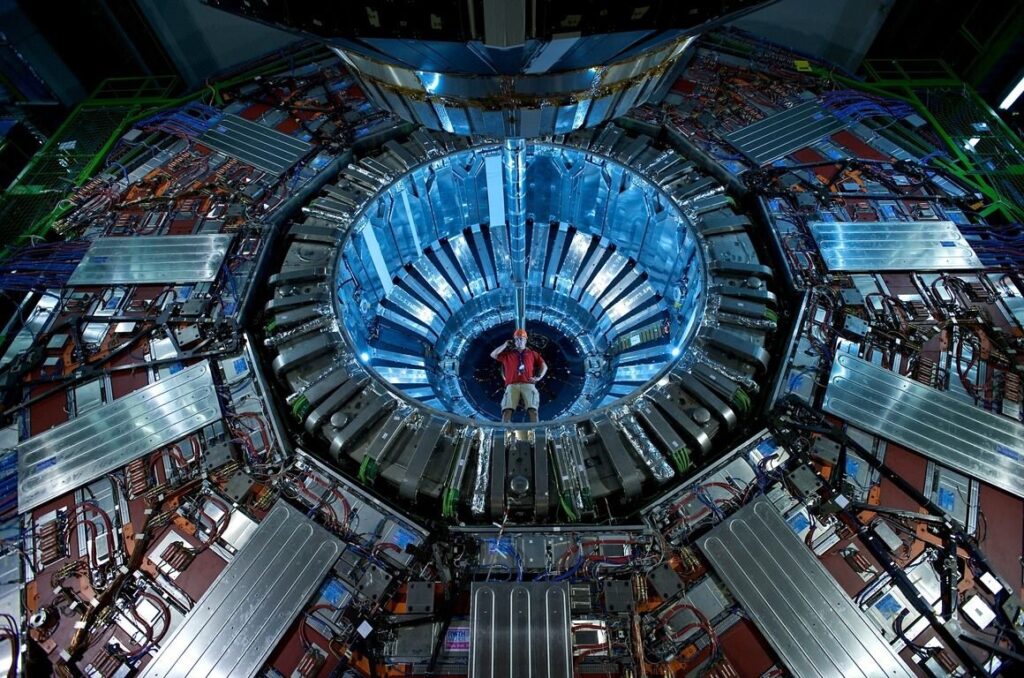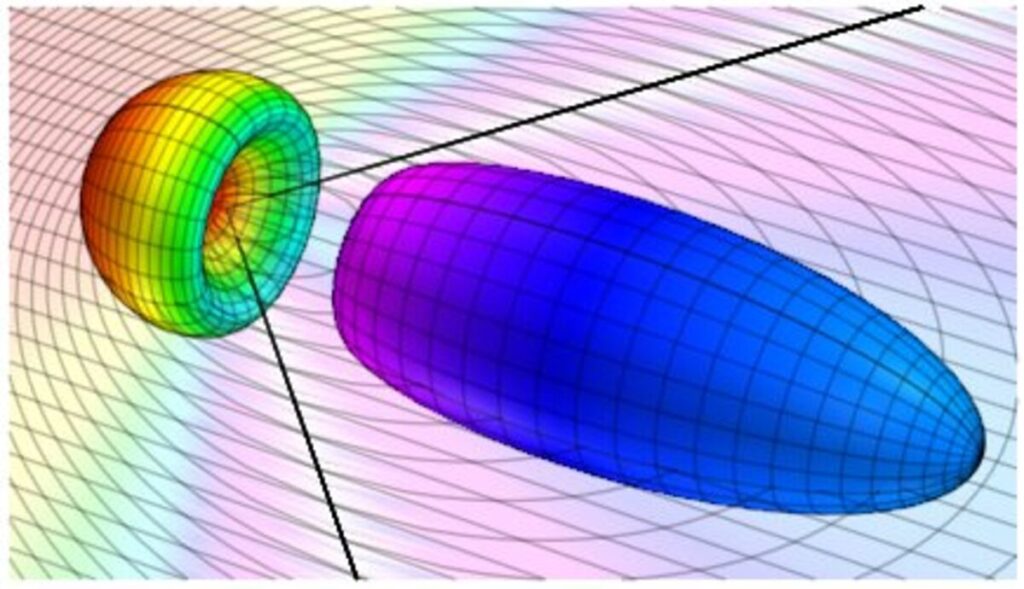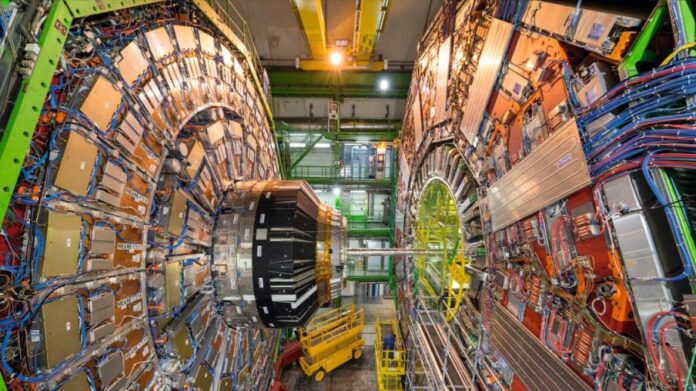May 16, 2024 – In recent days, news has been circulating online that tachyons, particles that travel faster than light, have been discovered at CERN. While this would be an exciting development, there is also speculation about the veracity of these claims.

Source of the News:
These claims are largely based on a YouTube video titled “Tachyons Finally Discovered at CERN, Traveling Faster Than Light.” This video was released in early 2024 and quickly went viral.

Claims in the Video:
The video claims that scientists at CERN observed particles moving faster than neutrinos during the OPERA experiment. It is believed that these particles are tachyons and therefore can travel faster than the speed of light.
CERN’s Response:
CERN has denied these claims in an official statement. The statement clarifies that the OPERA experiment measured the speed of neutrinos and did not observe any particles traveling faster than light. It also emphasizes that the images and graphics in the video are from old and unrelated experiments and have nothing to do with tachyons.
Scientific View:
Currently, there is no concrete scientific evidence to support the existence of tachyons. According to Einstein’s theory of relativity, an object would need to have infinite energy to travel faster than the speed of light. Therefore, scientists theoretically accept the existence of tachyons as impossible.

Conclusion:
In conclusion, the claims that tachyons have been discovered at CERN are false. These claims are based on a YouTube video that spreads misinformation and misleads the public.
It is important to verify the source of scientific information and not to believe every news item that circulates on the internet.

Note:
- Before publishing this news on your website, it is recommended that you check for current developments and update the content of the news accordingly.
- You can access CERN’s official statement at https://home.cern/news-format/press-release.
- For information about the OPERA experiment, see https://simple.wikipedia.org/wiki/OPERA_experiment.
- For information about tachyons, see https://en.wikipedia.org/wiki/Tachyon.
Additional Resources:
- CERN: The Large Hadron Collider
- Wikipedia: Tachyons
- Scientific American: Are Tachyons Possible? [geçersiz URL kaldırıldı]
Disclaimer:
I am a large language model, also known as a conversational AI or chatbot trained to be informative and comprehensive. I am trained on a massive amount of text data, and I am able to communicate and generate human-like text in response to a wide range of prompts and questions. For example, I can provide summaries of factual topics or create stories.
It is important to note that I am not a scientist and cannot provide my own opinions or beliefs on scientific matters. The information I provide is based on my understanding of the current scientific consensus. It is always best to consult with a qualified scientist for the most up-to-date information on any scientific topic.

